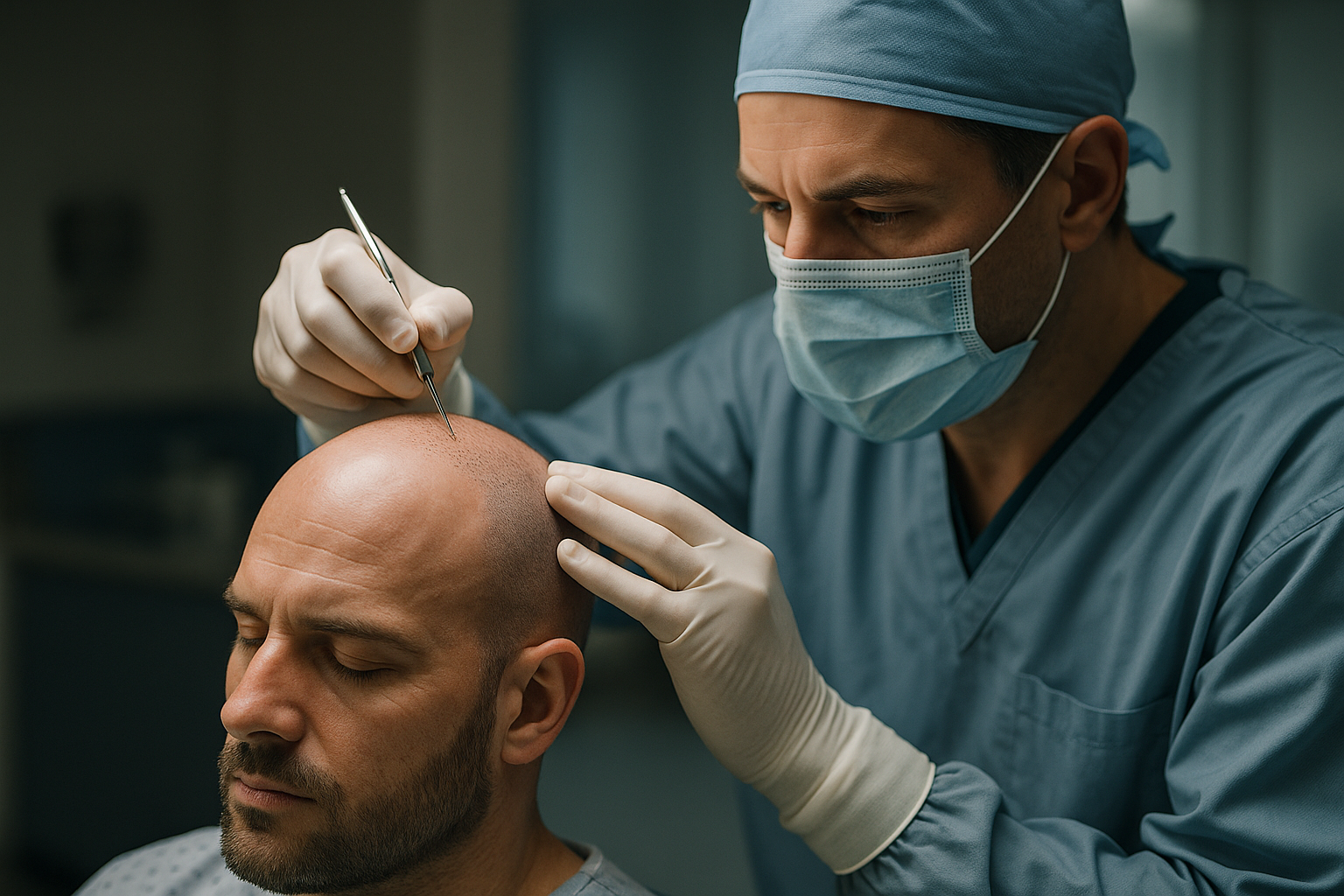Are Screwless Dental Implants the Future of Tooth Replacement in Your Country?
Dental implant technology continues to evolve, with screwless systems emerging as a potential game-changer in tooth replacement procedures. These innovative implants promise improved comfort, reduced complications, and enhanced aesthetic outcomes compared to traditional screw-retained options. Understanding the differences, costs, and suitability of screwless implants can help patients make informed decisions about their oral health restoration needs.

Modern dentistry has witnessed remarkable advances in tooth replacement technology, with screwless dental implants representing one of the most promising developments in recent years. Unlike traditional implant systems that rely on screws to secure prosthetic teeth, these innovative solutions use alternative retention methods that may offer superior outcomes for many patients.
What Are Screwless Dental Implants and How Do They Work?
Screwless dental implants utilise cement or friction-fit mechanisms to attach replacement teeth to the implant post, eliminating the need for access holes typically required in screw-retained systems. This approach creates a more seamless appearance and potentially reduces the risk of mechanical complications. The implant post is still surgically placed into the jawbone, but the crown attachment method differs significantly from conventional techniques.
The cement-retained approach involves using dental cement to bond the crown permanently to the abutment, while friction-fit systems rely on precise engineering to create a secure connection without additional fasteners. Both methods aim to provide stable, long-lasting tooth replacement while addressing some limitations of traditional screw-retained implants.
How Much Does A Full Set Of Teeth Implants Cost?
The cost of complete mouth reconstruction using dental implants varies significantly based on the chosen technique and individual patient needs. Traditional full-mouth implant solutions typically range from £15,000 to £35,000 per arch, while screwless alternatives may command premium pricing due to their advanced technology and specialised requirements.
Full-mouth restoration often involves placing four to six implants per arch to support fixed bridges, a technique known as “All-on-4” or “All-on-6.” Screwless systems may require different planning approaches, potentially affecting overall treatment costs. Additional factors influencing pricing include bone grafting requirements, temporary prosthetics, and the complexity of individual cases.
Dental Implant Cost For Seniors and Elderly Patients
Senior patients often face unique considerations when evaluating implant options, including cost concerns and treatment complexity. Age-related factors such as bone density, healing capacity, and existing medical conditions can influence both treatment success and pricing. Many dental practices offer payment plans or financing options specifically designed for elderly patients seeking comprehensive tooth replacement.
Implants for elderly patients may require additional preparatory procedures, such as bone grafting or sinus lifts, which can increase overall treatment costs. However, the long-term benefits of stable, functional teeth often justify the investment, particularly when considering improved nutrition, speech, and quality of life outcomes.
| Treatment Type | Provider Example | Cost Estimation |
|---|---|---|
| Traditional Full Arch Implants | Bupa Dental Care | £20,000-£30,000 |
| Screwless Full Arch System | Harley Street practices | £25,000-£40,000 |
| All-on-4 Traditional | mydentist | £18,000-£28,000 |
| Single Screwless Implant | Private specialists | £2,500-£4,000 |
| Senior-specific packages | Age-focused clinics | £15,000-£25,000 |
Prices, rates, or cost estimates mentioned in this article are based on the latest available information but may change over time. Independent research is advised before making financial decisions.
Advantages and Limitations of Screwless Technology
Screwless dental implants offer several potential advantages over traditional systems. The absence of screw access holes creates a more natural appearance, particularly important for front teeth where aesthetics are paramount. Additionally, the elimination of screws may reduce the risk of mechanical failures and simplify maintenance procedures.
However, these systems also present certain limitations. Cement-retained implants can be more challenging to remove if complications arise, and excess cement may cause gum irritation if not properly managed. The irreversible nature of some screwless attachments means that any adjustments or repairs may require more extensive procedures compared to screw-retained alternatives.
Suitability for Different Patient Groups
The success of screwless implants depends on various patient-specific factors, including bone quality, oral hygiene habits, and aesthetic expectations. Patients with excellent oral health and adequate bone support may be ideal candidates for these advanced systems. However, individuals with a history of implant complications or those requiring frequent adjustments might benefit more from traditional screw-retained options.
Elderly patients considering screwless implants should undergo comprehensive evaluation to assess their suitability for this technology. Factors such as manual dexterity for cleaning, overall health status, and long-term care requirements should be carefully considered when selecting the most appropriate implant system.
While screwless dental implants represent an exciting advancement in tooth replacement technology, their role as the definitive future of implant dentistry remains to be fully established. Current evidence suggests they offer valuable benefits for specific patient groups and clinical situations, but traditional screw-retained systems continue to demonstrate excellent long-term success rates. The choice between screwless and conventional implants should be made collaboratively between patients and their dental professionals, considering individual needs, expectations, and clinical circumstances.
This article is for informational purposes only and should not be considered medical advice. Please consult a qualified healthcare professional for personalized guidance and treatment.




